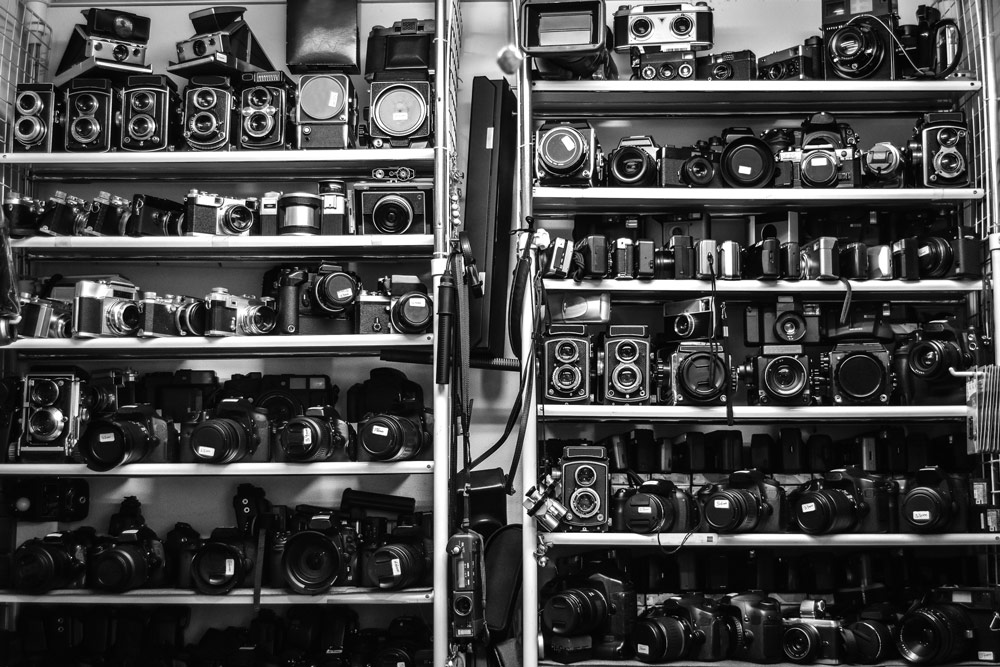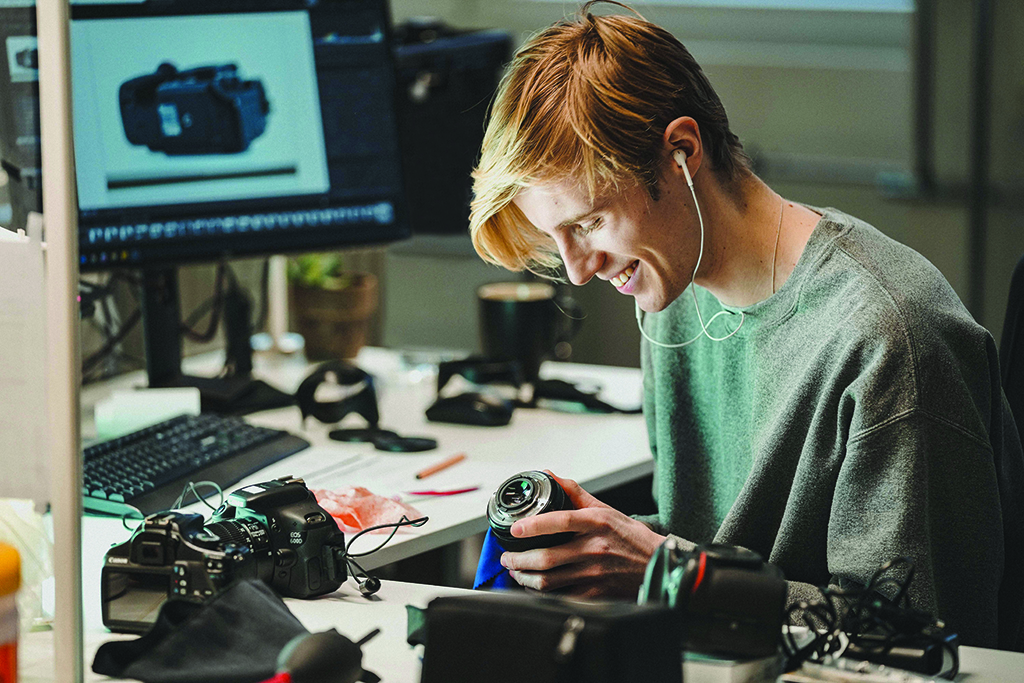In partnership with MPB. Black Friday is just around the corner and it’s a great chance to make savings on a new mirrorless camera or DSLR, plus lenses and accessories. Why not free up some cash by selling existing gear?
A lot of photographers end up being hoarders by default – we just can’t bring ourself to get rid of old camera bodies, lenses and accessories, thinking they might come in handy again one day.
With Black Friday looming (November 29th to be exact), however, now might be the time to be more ruthless and get rid of old equipment that is just gathering dust or serving as an expensive paperweight.
According to research from used camera and lens specialist MPB, there is over £1 trillion worth of unused tech in UK, EU and US homes, with 53% of British households having at least one unused camera.
Of course, if you are perfectly happy with your current camera and lenses, there is no need to sell, but if a particularly good Black Friday deal catches your eye, it’s definitely worth thinking about.

Selling on your camera gear: how it all works
While selling an older camera or lens on eBay might seem the quickest way to make a fast buck, it’s not always a smooth process. Buyers can be tricky, complaining about very minor issues in order to get an extra discount on the asking price, and even resort to underhand tactics like threatening to leave you a bad review if you don’t play ball. Then there is the hassle of packing everything up and trusting the Post Office or a courier to deliver it all in one piece.
An easier alternative is often to sell your gear to a specialist dealer. They will give you a fair price based on its current condition – as discussed in yesterday’s post, it’s not in their interest to try and rip anyone off. They aren’t a charity, so the price they offer you for your camera won’t usually match the price they then sell it on for, but their offer price will be reasonable (and there is nothing to stop you from shopping around).
Furthermore, once they make an acceptable offer for your gear based on what you have told them, they will usually send a courier to pick it up for free. It will then be inspected, and the offer price could even be increased if your original description failed to do your gear justice – you’d never get that with an eBay buyer!

Getting the best price for your gear: the 10 commandments
To ensure you get the best price for your used gear, here are some essential tips to make the whole process profitable and painless.
- Be honest when describing your equipment. Dealers inspect many hundreds of items a week, so they are experts in spotting defects or potential issues.
- Be realistic and realise that some cameras and lenses are in more demand than others. You might be disappointed that your 15-year-old DSLR is now worth a lot less than you paid for it, but the market moves on.
- Even a slight scuff could affect the offer price, but don’t try and hide it with black paint or something, as you’ll be rumbled. That said, some signs of age and use an older cameras are to expected. If you’ve just bought a new camera and expect to sell it on one day, make sure you have a protective camera bag or camera casing to avoid scuffs and cosmetic damage ever being an issue.
- Give your camera body a good clean, including a sensor clean. Your gear will be checked over very carefully, but first impressions still count.
- If you have the original packaging, strap, battery charger and leaflets, all the better. Not all dealers penalise you for losing the box, but some do, and most will expect the original battery charger to be there (or an equally good third-party one). The same goes for camera body caps as they help to protect the sensor.
- Unless you are selling a very old and/or rare camera, don’t fret if you’ve lost the original receipts.
- Mould inside a camera is a big problem when selling it on, though you might not get penalised too much for a small amount if it can be removed easily. You can check for this to a certain extent by using the torch on your phone. Again, going forward it’s a reminder to store your camera gear in a dry, cool place (stick a silicon gel sachet in your cabinet or drawer to soak up any moisture in the air).
- In terms of shutter activations, don’t despair if it’s quite high: different cameras have different estimated shutter lifespans, and it’s less of an issue with mirrorless cameras compared to DSLRs. With DSLRs every press of the shutter button press means the mirror flips up, the shutter opens and closes, then the mirror drops down. So there is a lot of potential for mechanical wear and tear. With mirrorless cameras, it might just be the electronic first-curtain shutter, then the mechanical shutter ends the exposure.
- It’s a similar story with lenses. Check carefully for mould, and hopefully you’ve protected the lens surface from any scratches with a U/V filter. Try and find the original box, plus lens caps. Again, scuffs and dings on the lens body will generally reduce the offer price, however pristine the optics.
- When sending off your used gear for evaluation package it very carefully. Imagine how frustrated you’d be if your otherwise mint camera or lens got damaged in transit as the box fell apart or the postie dropped it.

Another option might be to trade-in your existing camera or lens against a new model, and many retailers are able to accommodate this with their Black Friday deals. But the above tips for getting the best price for your gear will still apply.
We’ll be posting the best early Black Friday deals on this site, along with the best savings on the actual day, so keep coming back! Also check out our extensive archive of second-hand camera and lens articles here.








